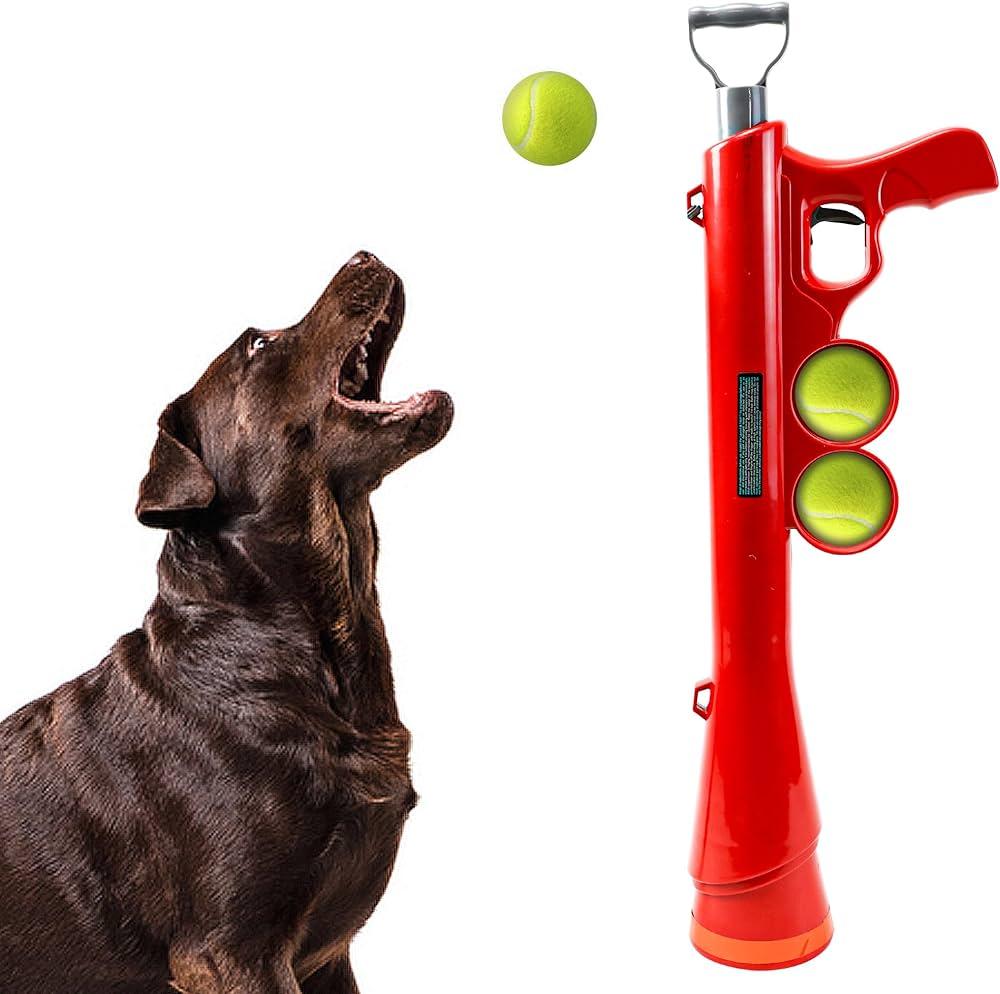Teaching your dog to fetch is more than just a playful pastime—it’s an opportunity to strengthen the bond between you and your furry friend while providing them with essential mental and physical stimulation. Whether your dog is a playful pup or a mature companion, learning to fetch can be a rewarding experience for both of you. In this guide, we’ll walk you through the steps to transform your dog into a fetching enthusiast, offering tips and techniques that cater to their unique personality and energy levels. So, grab your dog’s favorite toy, head outside, and let’s embark on this joyful journey together.
Choosing the Perfect Fetch Toy for Your Furry Friend
When it comes to selecting a fetch toy for your dog, it’s important to consider both their preferences and safety. Start by observing what kind of toys your dog gravitates towards. Some dogs love the classic tennis ball, while others may be more interested in plush toys or frisbees. Keep in mind that the right fetch toy should be durable enough to withstand your dog’s enthusiastic play and safe to chew on. Look for materials that are non-toxic and designed specifically for dogs.
- Size Matters: Choose a toy that’s appropriate for your dog’s size. A toy that’s too small can be a choking hazard, while one that’s too large might be difficult for them to carry.
- Texture and Grip: Consider toys with varied textures or those with a good grip, especially if your dog loves to chew. This can make the game more engaging for them.
- Water Compatibility: If your dog enjoys water, opt for toys that float and are water-resistant.
- Interactive Features: Some toys come with squeakers or can be stuffed with treats, adding an extra layer of fun to the game.
Remember, the best fetch toy is one that makes playtime enjoyable for both you and your dog. By considering your furry friend’s unique preferences and needs, you can ensure a joyful and safe fetching experience every time.

Mastering the Basics: Teaching Your Dog to Grab and Return
When embarking on the journey to teach your furry friend the art of fetch, it’s essential to start with the foundational skills of grabbing and returning. Patience and consistency are key. Begin by selecting a toy that your dog shows interest in, ensuring it’s easy for them to pick up. Introduce the toy in a playful manner, encouraging your dog to interact with it. You can gently toss it a short distance and use a cue word like “grab” to reinforce the action. Reward them with a treat or praise when they successfully pick up the toy.
- Choose the right toy: Opt for a toy that’s safe and appealing to your dog.
- Use positive reinforcement: Offer treats or verbal praise when they successfully grab the toy.
- Consistent cues: Stick with a specific word or phrase, like “grab” or “bring it back,” to avoid confusion.
Once your dog has mastered grabbing the toy, the next step is to teach them to return it. Start by shortening the distance and gently guiding them back to you with the toy. Use a command like “bring it” and reward them when they follow through. Over time, gradually increase the distance and excitement, always keeping the experience fun and rewarding. Remember, each dog learns at their own pace, so celebrate the small victories along the way!

Making Fetch Fun: Engaging Your Dog with Exciting Games
Transforming a simple game of fetch into an exhilarating experience for your furry friend is all about variety and creativity. Dogs thrive on stimulation and engagement, so why not spice up the traditional fetch routine? Start by introducing a range of toys, like squeaky balls, frisbees, and plush toys. Each toy offers a different texture and sound, keeping your dog intrigued and excited. You can also incorporate various fetch locations, such as a sandy beach, a grassy park, or even a shallow pool, to provide diverse sensory experiences.
- Hide and Seek Fetch: Hide the toy in a challenging spot and encourage your dog to find it.
- Obstacle Course Fetch: Set up a mini obstacle course using cones or boxes that your dog must navigate before retrieving the toy.
- Tag Team Fetch: If you have multiple dogs, have them take turns fetching, promoting teamwork and patience.
By adding these elements of surprise and challenge, you’re not only enhancing your dog’s physical activity but also stimulating their mental faculties. This enriched playtime strengthens your bond and transforms a routine exercise into an adventure filled with joy and excitement.
Troubleshooting Common Fetch Training Challenges
Even the most enthusiastic dogs can sometimes face hurdles when learning to fetch. Here are some common challenges and solutions to help your furry friend become a fetch superstar:
- Disinterest in the Toy: If your dog seems uninterested in the toy, try using one that squeaks or has a unique texture. Rotating toys can also keep the excitement alive.
- Reluctance to Return the Toy: Some dogs love the chase but aren’t keen on bringing the toy back. Use treats or their favorite toy as a reward to encourage them to return the item. You can also practice the “come” command separately to reinforce this behavior.
- Running Away with the Toy: If your dog tends to run off with the toy, it might be time to incorporate some basic obedience training. Teaching commands like “drop it” or “leave it” can be particularly helpful.
- Lack of Motivation: If your dog is not motivated, try short sessions to keep them engaged. Gradually increase the duration as their interest grows. Always end on a positive note to ensure they look forward to the next session.
By understanding these challenges and using a bit of patience, you can turn fetch into a fun and rewarding activity for both you and your dog.

